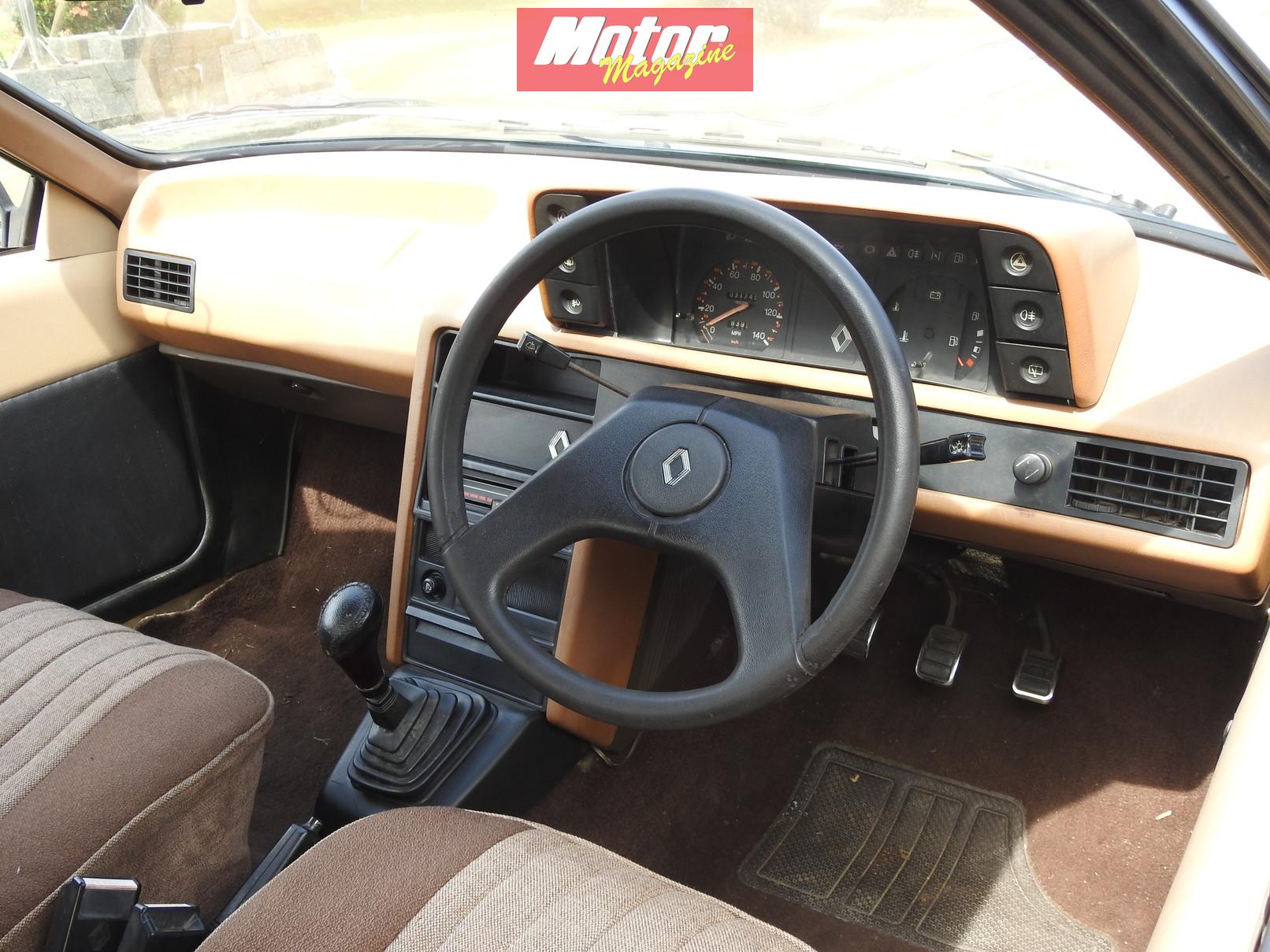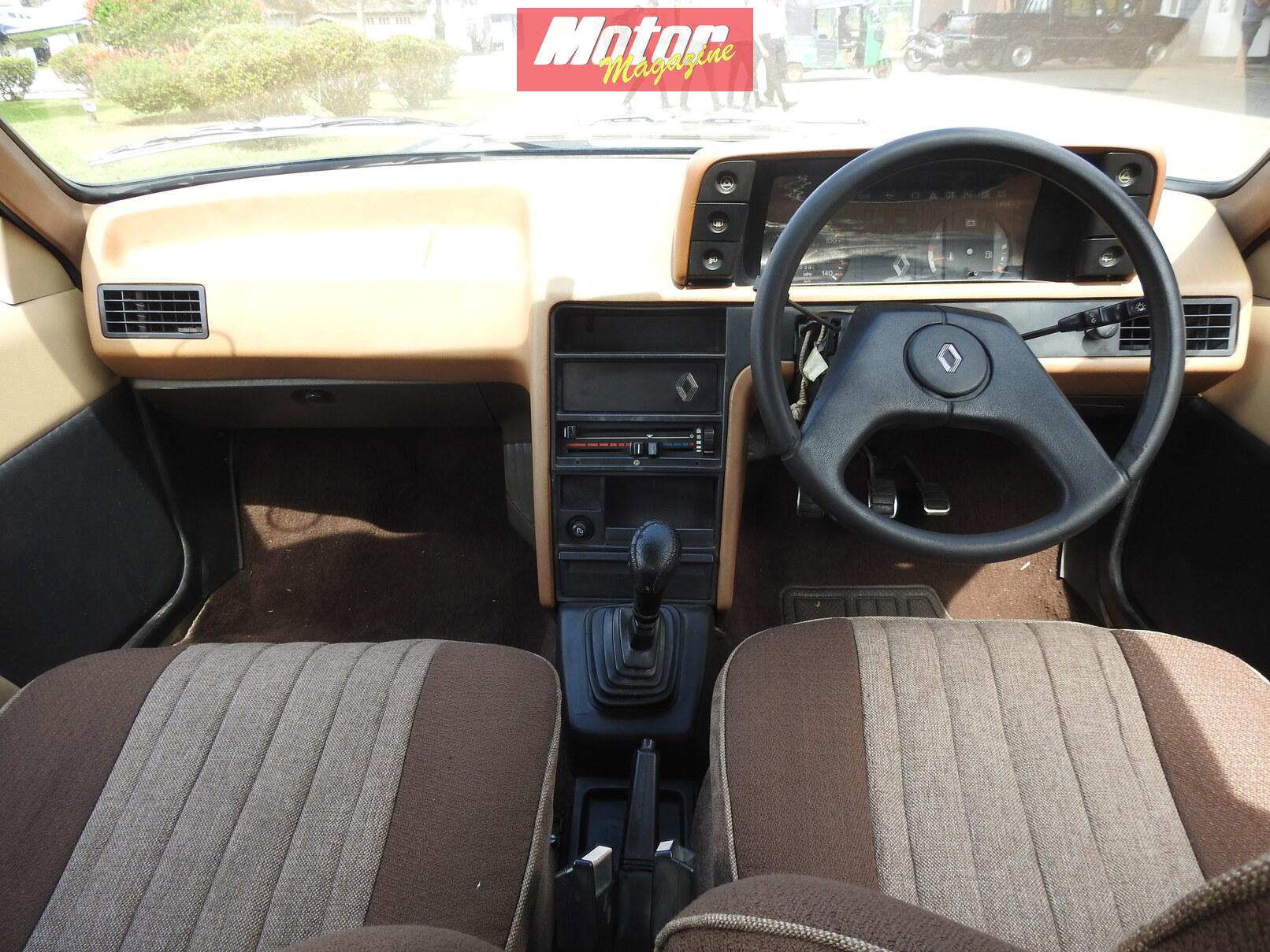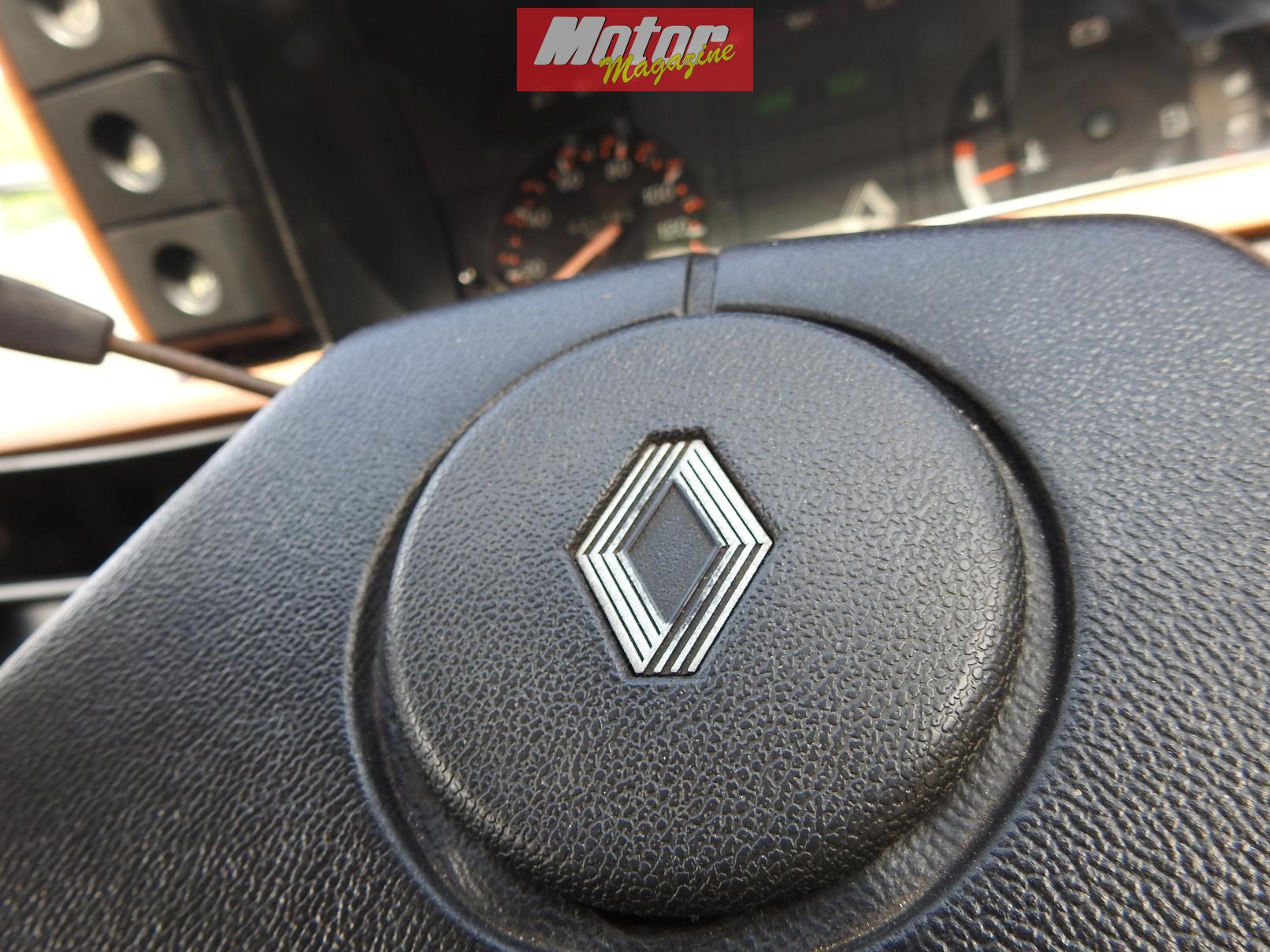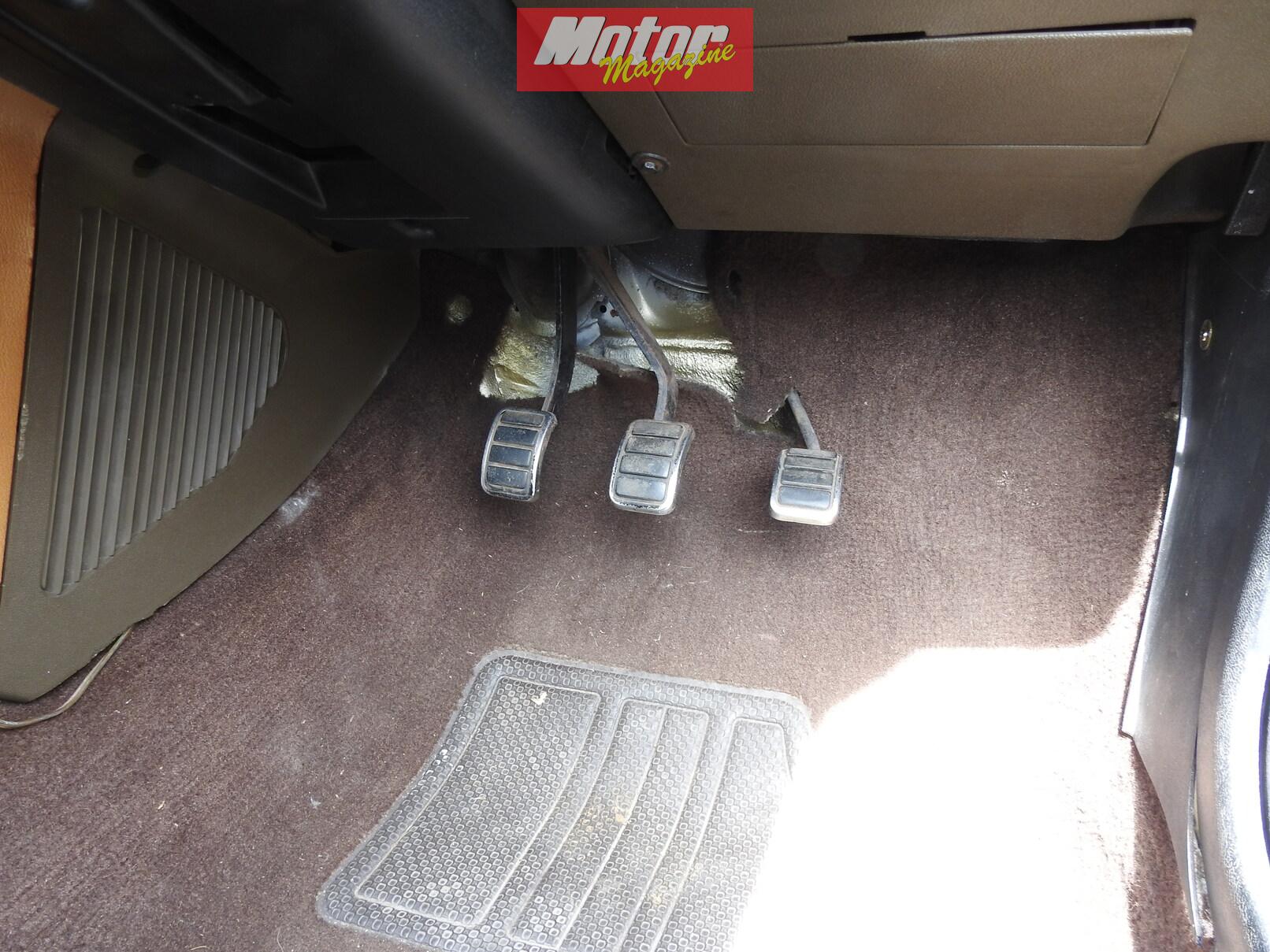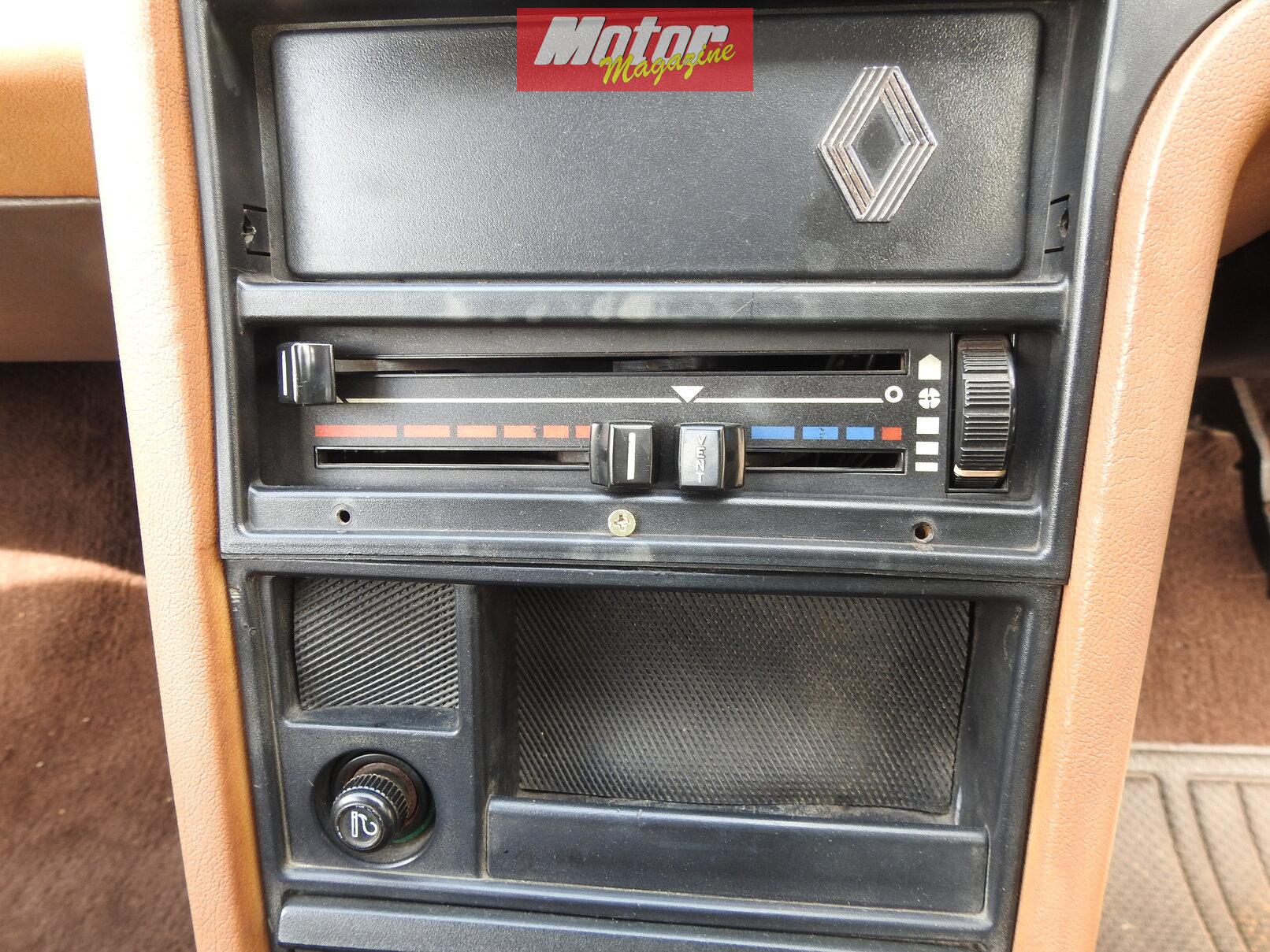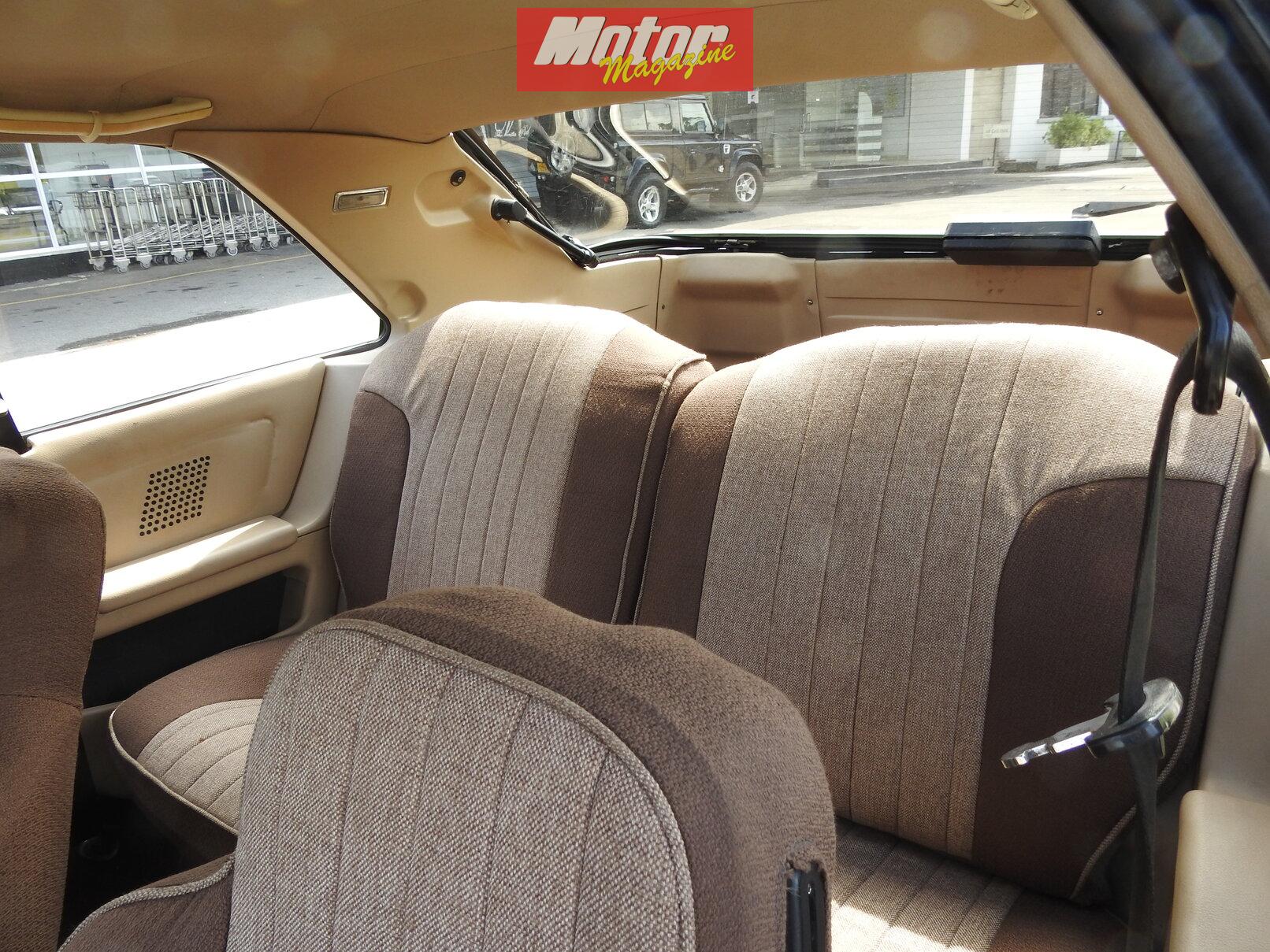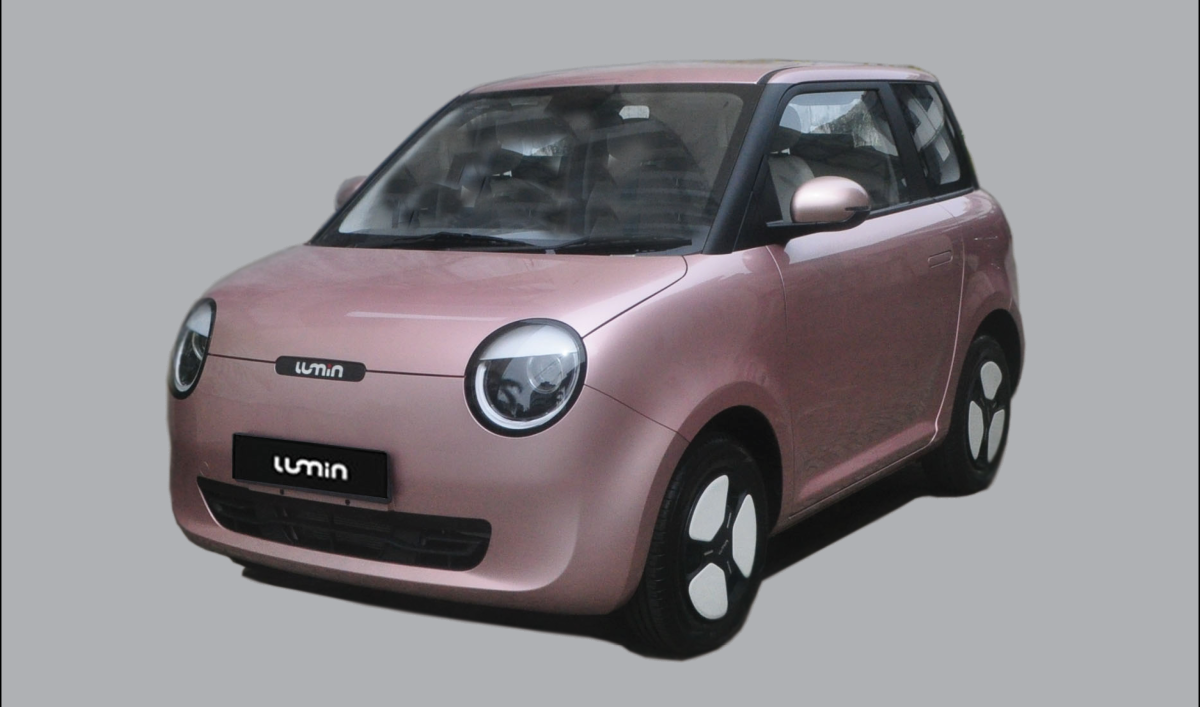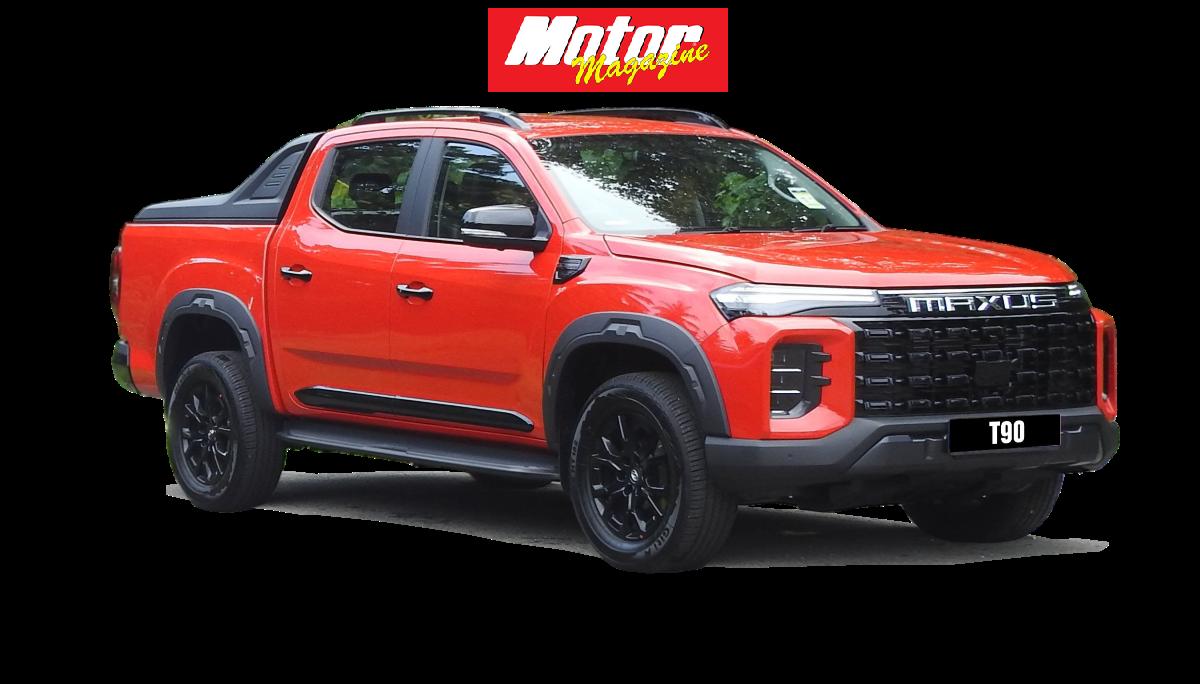1982 Renault Fuego TL
A Single Family Car That’s Jumped Through Hoops to get here
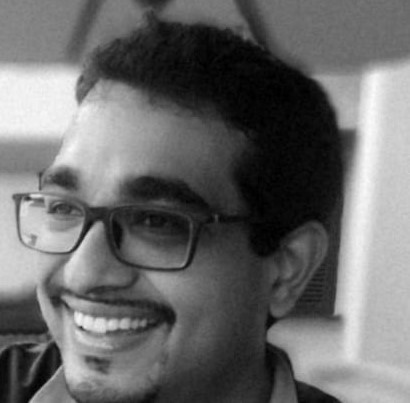
Published on 02 Aug 2023
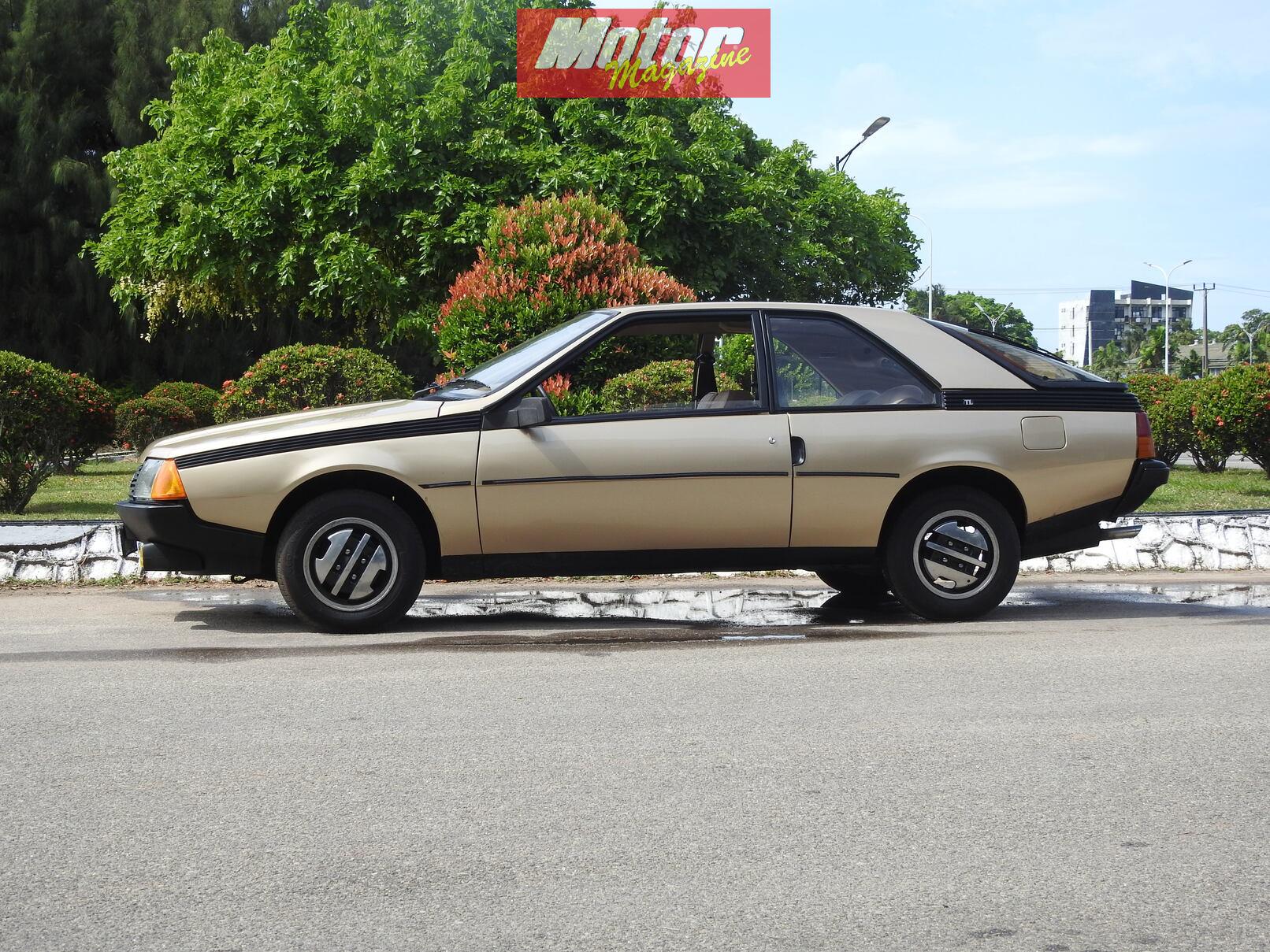
The famed automotive journalist L. J. K. Setright wrote of the Fuego, “…is blessed with a body which is not only roomy and aerodynamically efficient, but is also beautiful…” Introduced in 1980, this three-door French sports hatchback did indeed turn heads with its distinctive style and caught the attention of countless individuals from across the world.
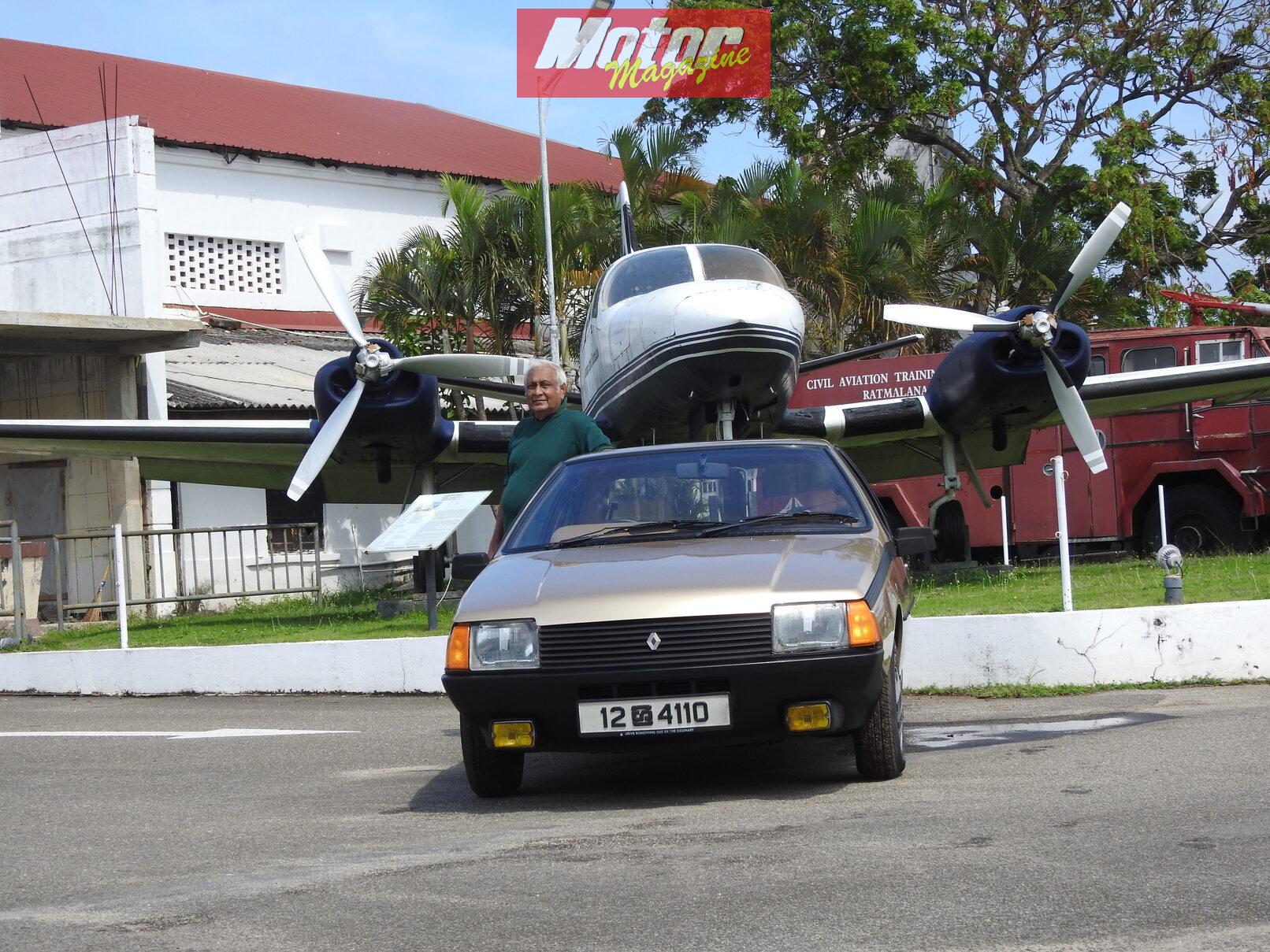
One of those individuals is Captain Nihal Jayawickrama, who played an instrumental part in the establishment of Air Lanka, upon the shutdown of Air Ceylon. He fondly relates memories of bicycling to the airport in his early days before taking the controls of passenger aircraft and flying them to their destinations. Of course, this wasn’t sustainable, and he required a vehicle to commute. Naturally, the Fuego caught his eye.
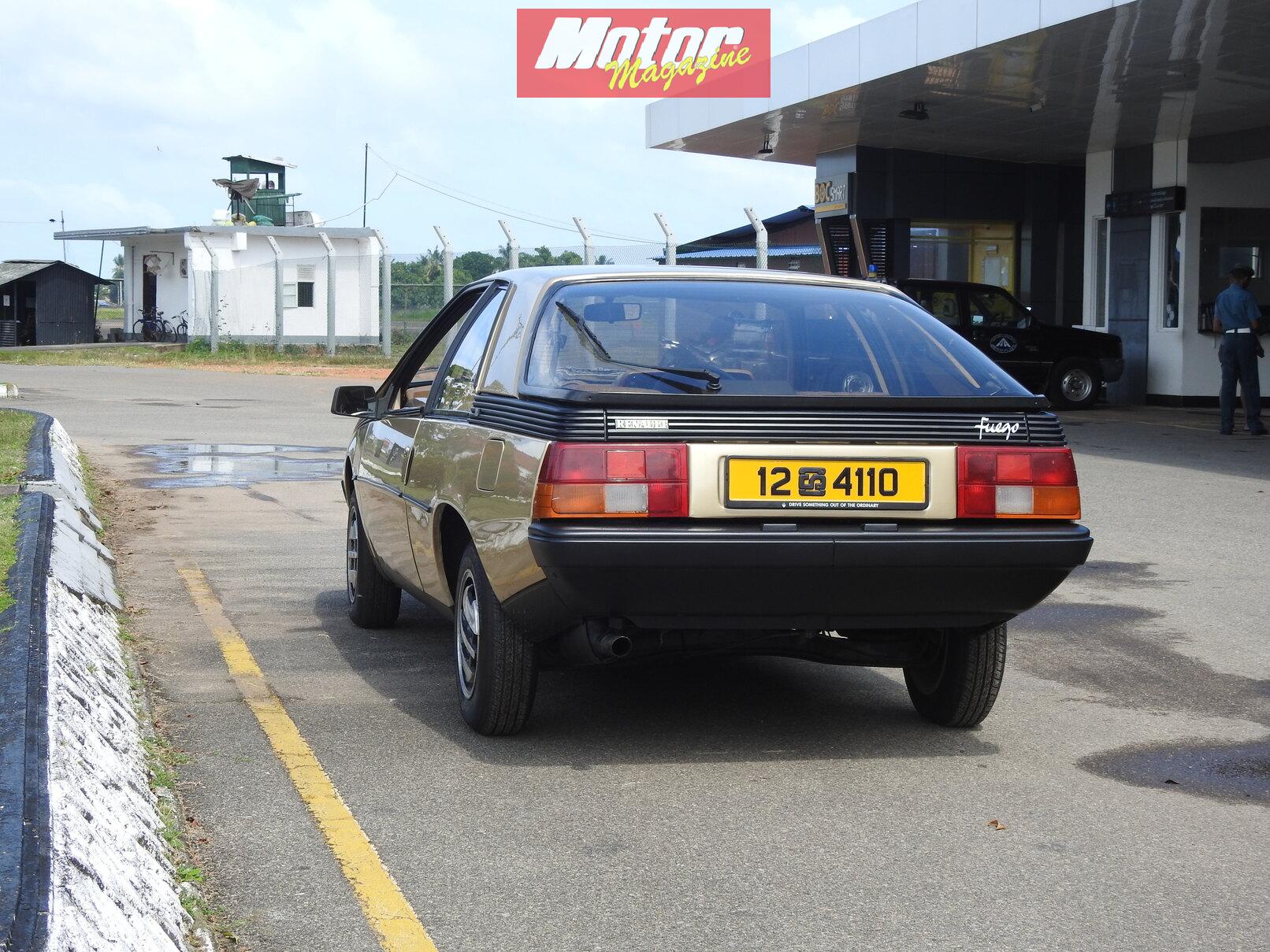
Getting 12 Sri 4110 here was no easy feat. As Sri Lanka was still undergoing strict import restrictions and forex issues at the time (sound familiar?), Capt. Jayawickrama had to jump through many hoops to get the car here. He had to show how much foreign exchange he had generated for the country in his role as a pilot, obtain myriad approvals, licenses, and countless documents. I did not believe this initially until he showed me the files – plural – pertaining to the car’s import, each of which is at least three inches thick, chock-full of papers.
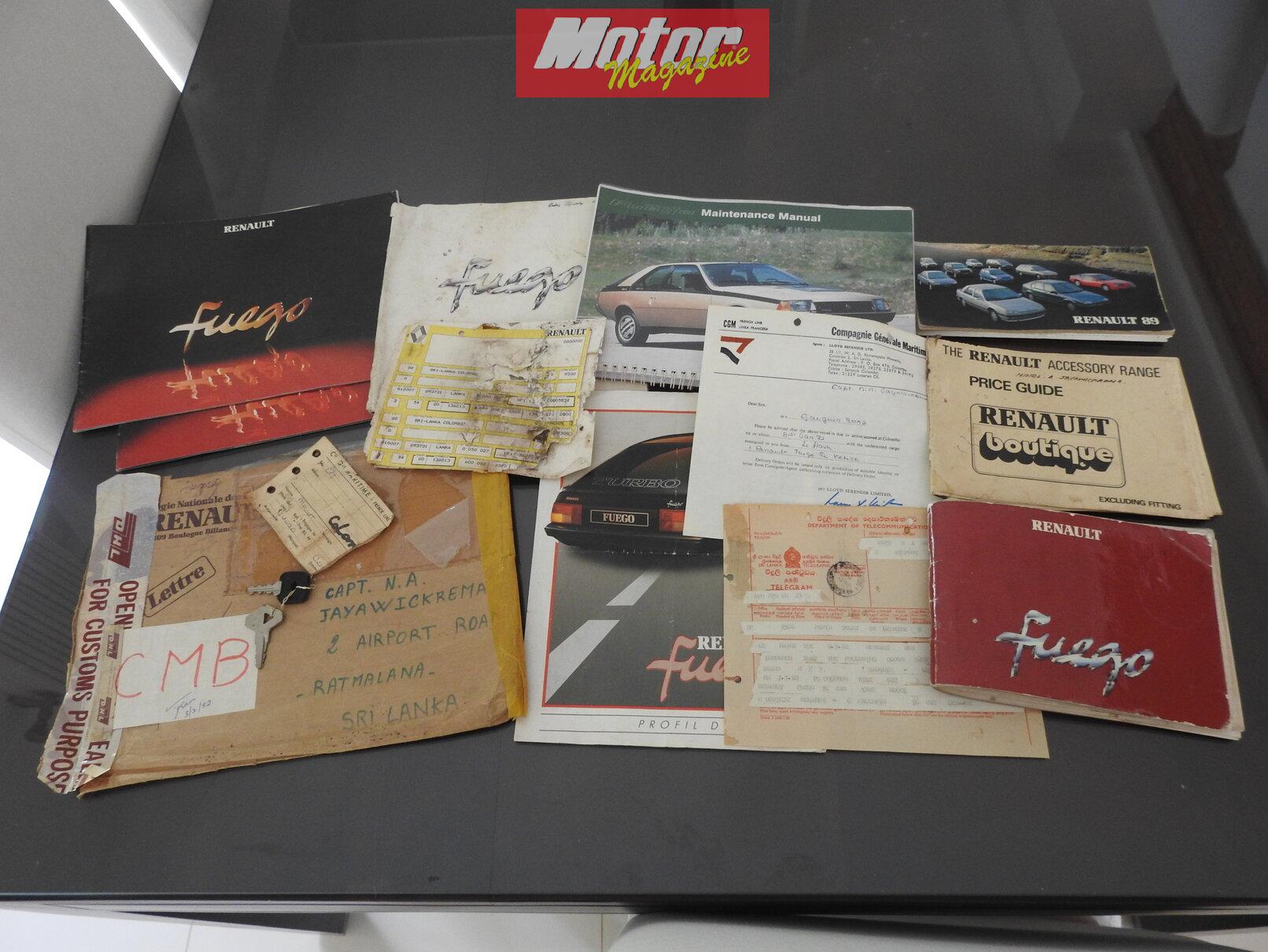
There are some fond mementoes within the files. Capt. Jayawickrama proudly shows off the original brochures, letters sent by Renault to him pertaining to the purchase and delivery process, and even the manila envelope that contained the car’s keys. He’s even got the window sticker, which was peeled off the window and preserved. Driving the car off the ship at the Port of Colombo is another fond memory that will forever live with him. Shortly after he took custody of the car, he purchased a set of OEM alloy wheels for it, which are the wheels it wears to this date.
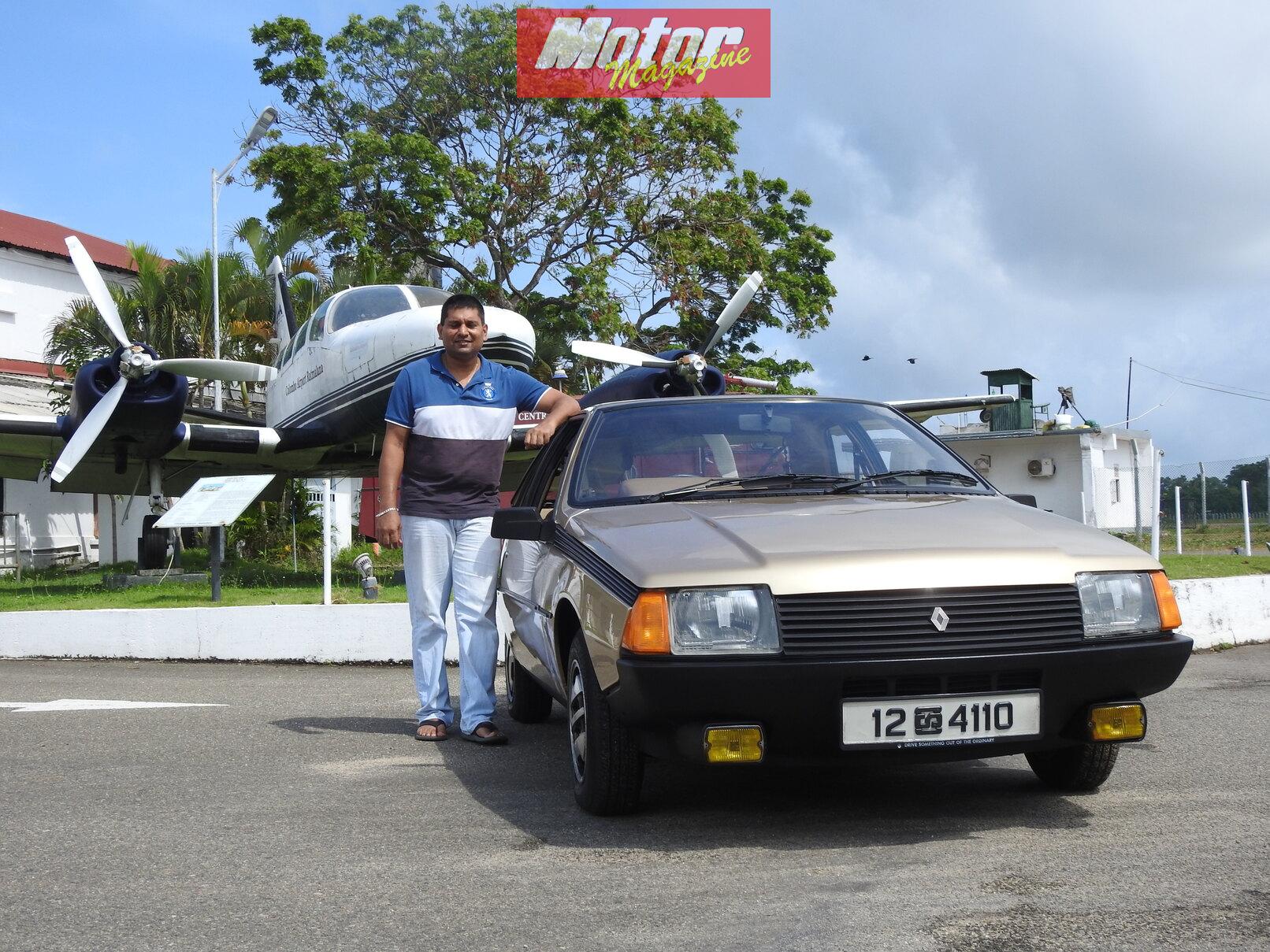
Today, 12 Sri 4110 is looked after by his son Nuwan Jayawickrama, himself a pilot at the national carrier. The car is in fantastic shape, as Nuwan took it upon himself to restore it as far as possible. Enter Nalin Gunasekara of Elect Industries, who was entrusted with the task. Nalin is present at our discussion and tells me that Nuwan was very exacting in his demands. He was told not to return the car to the family until it was in tip-top shape.
That’s why the car looks the way it does in these pictures, the 1.4-liter engine springs into life at a mere tickle of the key, and away she goes. Nuwan takes me for a ride in the car en route to our fitting photographic destination, and it’s clear that the car doesn’t mind being pushed hard. The engine is untouched, as with a mere 31,745 miles on the odometer, there’s no need to crack it open.
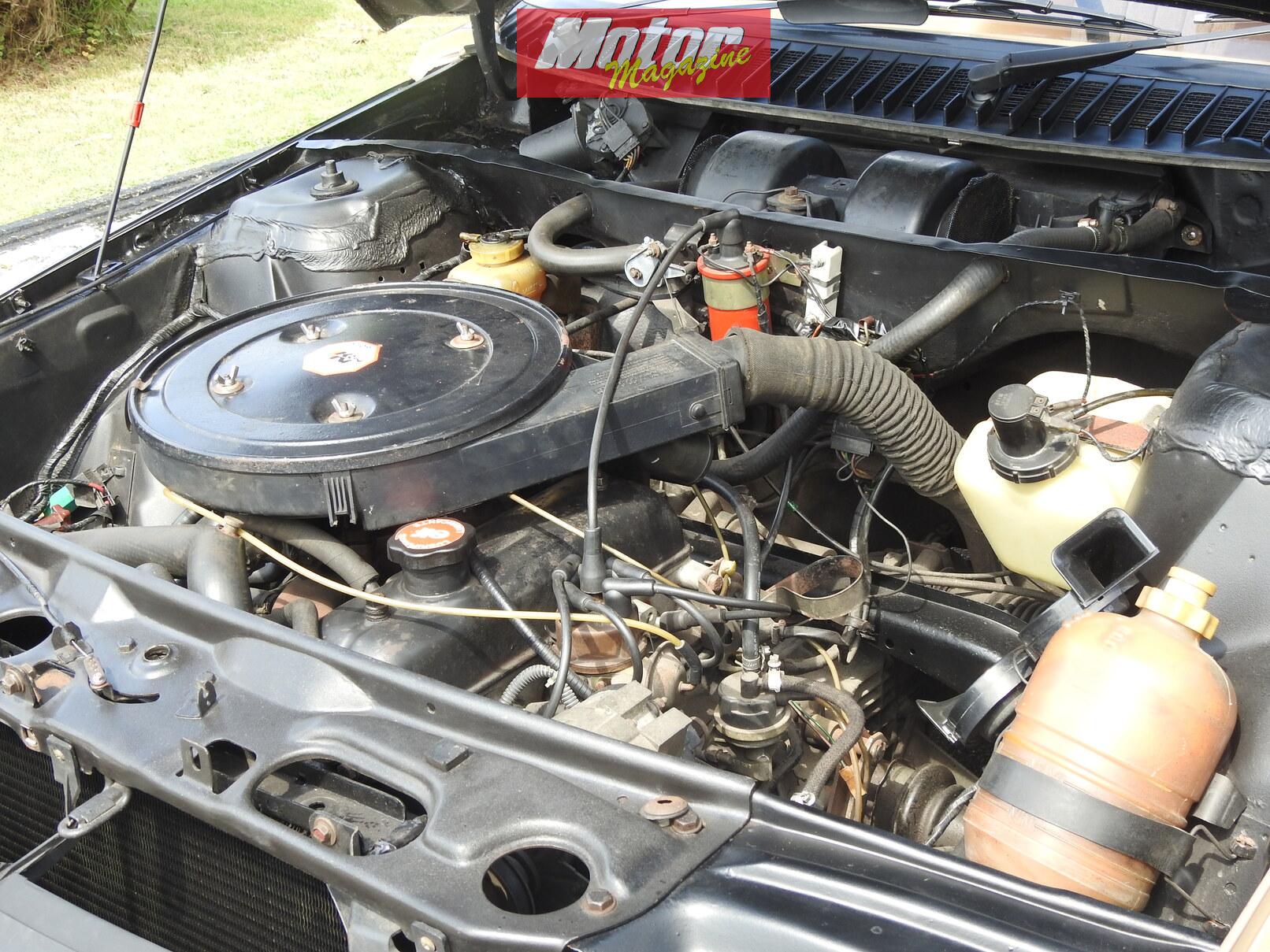
The TL was the base model of the Fuego and was fitted with a 1.4-litre 4-cylinder 8-valve carburetted engine that develops a modest 64 horsepower. However, torque was a healthy 103Nm, and drive is sent via a 4-speed manual transmission to the front wheels. With a kerb weight of under 950kg, it moves in a sprightly manner, and even if you load it with four adults, you won’t lose a lot of pep. Disc brakes at the front and drums at the rear constitute the adequate stopping power available, and a larger-than-average 57-litre fuel tank gives plenty of range to roam.
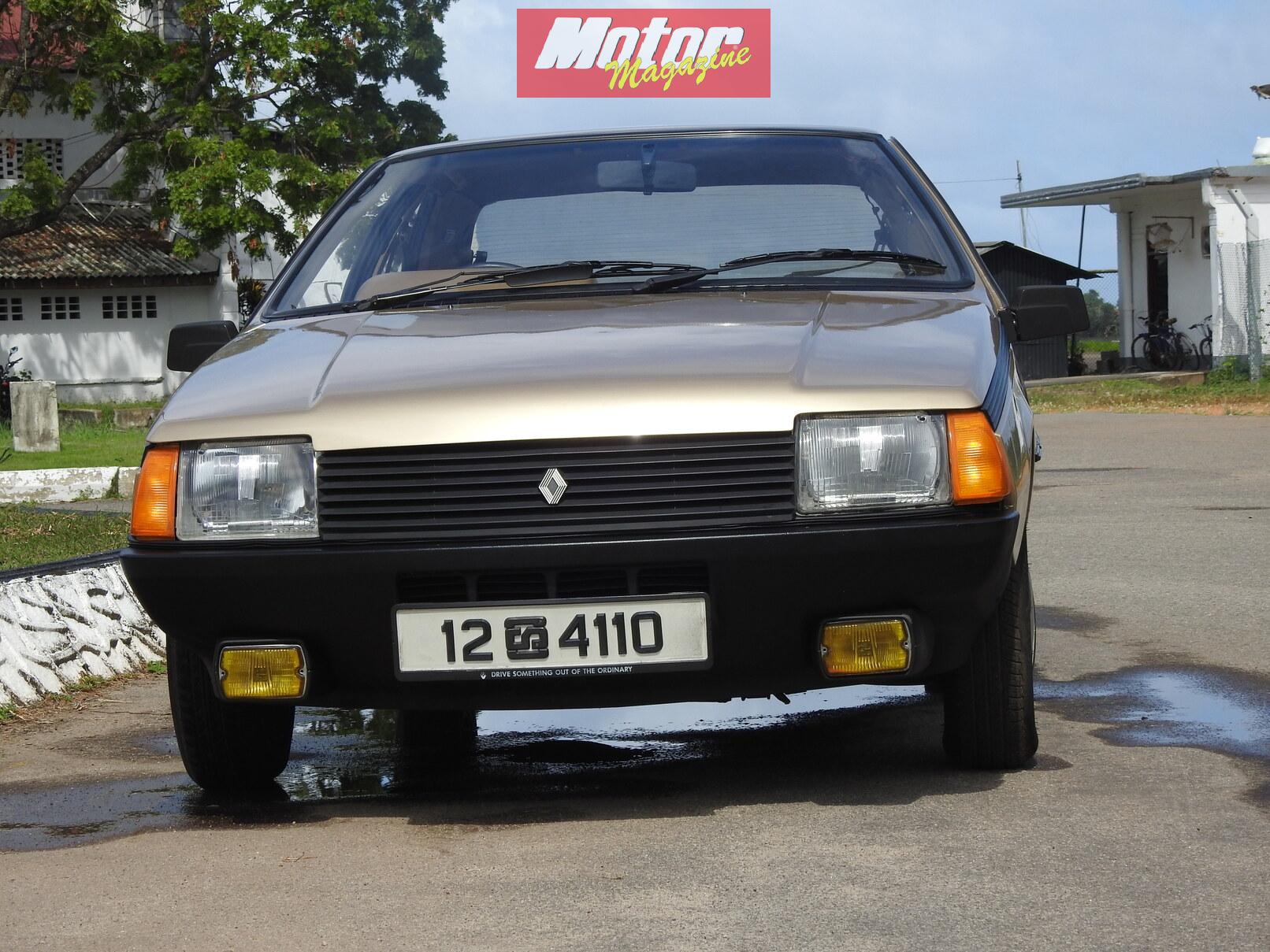
The Fuego's exterior was styled by Michel Jardin, and the interior by Francois Lampreia, both working under direction of Robert Opron. The Fuego was heavily based on the Renault 18, sharing its floorpan and drivetrain, with its front suspension developed from the larger Renault 20/30. Despite sharing no parts, the design kept the familiar double-wishbone layout common with the Renault 18, incorporating a negative scrub radius geometry. Power steering was available at the higher end of the range. The Fuego dashboard was added to the facelifted R18 in 1984 (though initially only available in the R18 Turbo) and then both updated again in September 1983 (LHD cars only) for the 1984 model year.
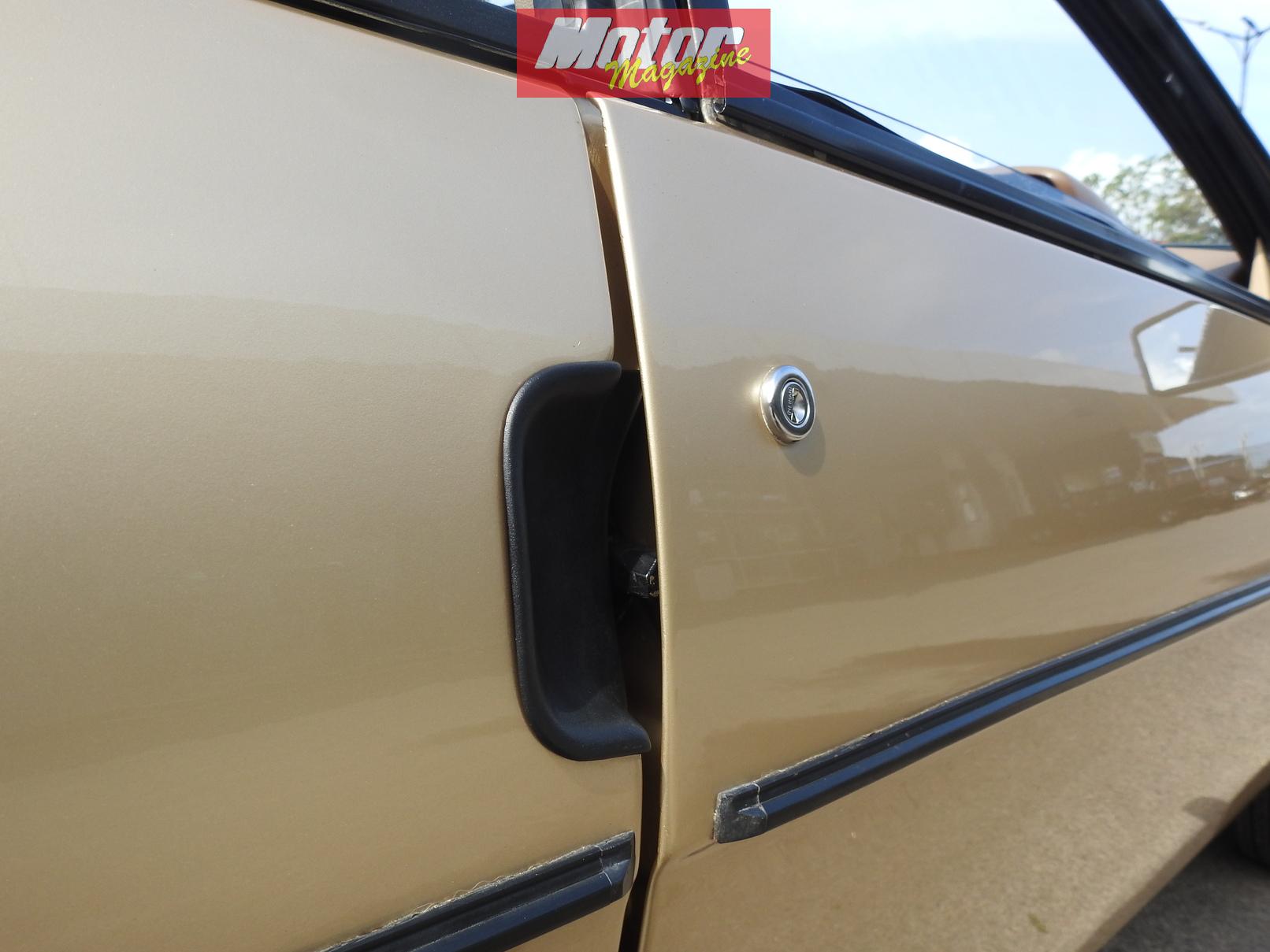
Wind tunnel testing was used to allow the Fuego to have sporty coupé lines while maximizing rear seat space. The resulting drag coefficient factor ranges from 0.32 to 0.35. In October 1982, the turbocharged diesel Fuego became the fastest diesel car in the world, with a top speed of 180 km/h (110 mph).
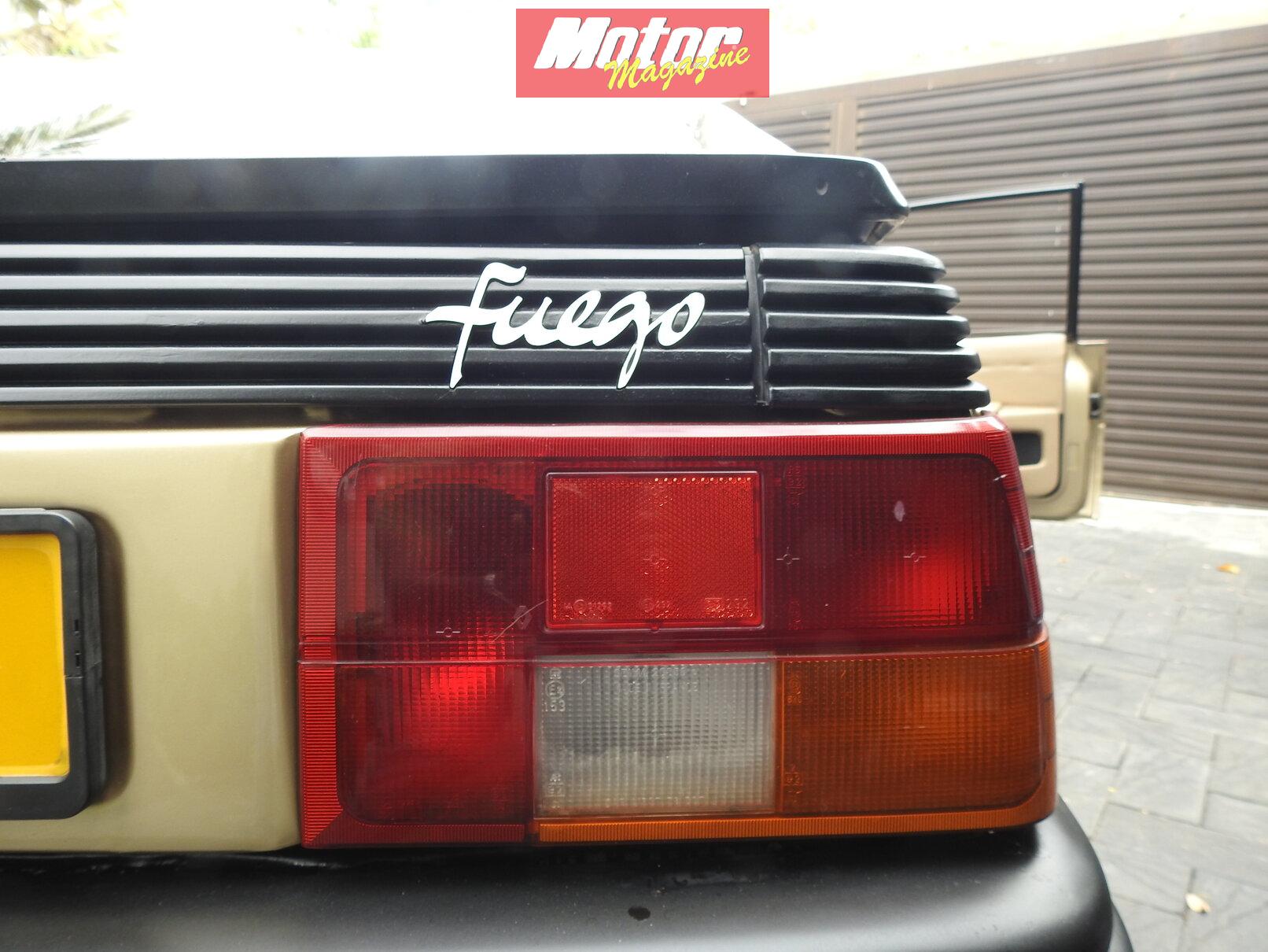
The Fuego was one of the first cars to offer a remote keyless system with central locking, available from September 1982, using a system invented by Frenchman Paul Lipschutz — marketed as the "PLIP" remote in Europe. The Fuego was also the first to have remote steering wheel-mounted controls for the audio system (European LHD GTX and Turbo from September 1983). This feature was subsequently popularized on the 1984 model Renault 25. The Fuego was also available with options including leather upholstery, multi-function trip computer, cruise control, air-conditioning (factory or dealer-installed), and a full-length Webasto electric fabric sunroof.
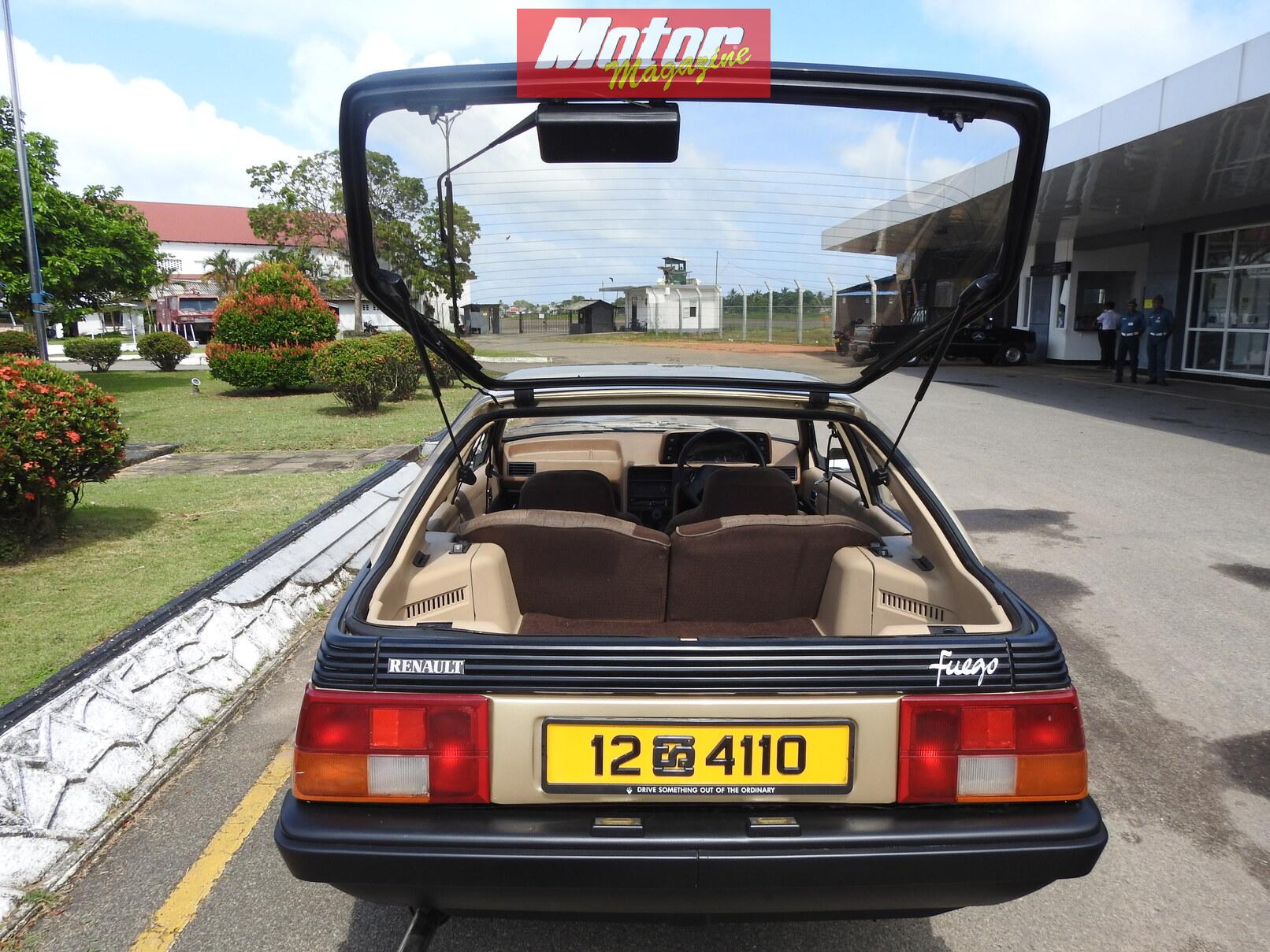
The Fuego was not directly replaced by another model in the Renault range. A Fuego II was planned, similarly styled as the new Renault Alpine GTA. However, the development of the new model was cancelled at the last minute due to a combination of Renault's financial problems along with the declining demand for sports coupés in the marketplace at that time.



